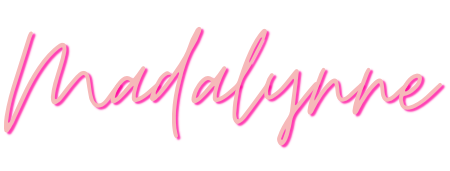4 Quick Tips for Sewing Delicate Fabrics


Does sewing fine, delicate fabrics like galloon or embroidered tulle laces give you the heebie jeebies? It shouldn’t. With the right tools and materials, it can be easy. “What if I mess up?“, “What if the feed dogs eat the fabric and it gets sucked it”, “What if I ruin the fabric.” These could be the thoughts going through your head. My rebuttal: what if you sew a beautiful seam with sheer lace and make something is beautiful and you never want to take off?
There is a new Galina featuring unlined bra cups and panty. It uses a burgundy stretch galloon lace paired with black trimmings – gorgeous! Below, I’m sharing my tips for sewing through delicate fabrics such as the ones in this new Galina. Scroll to the end to watch the full tutorial on how to sew this variation.
Shop all Galina DIY kits + ready made






THREAD: Gutermann Mara 120 from Wawak. It is a lightweight poly-wrapped thread that can be used for sewing + serging light garments such as blouses, underwear, lingerie, and swimwear (BTW- never use cotton on stretch fabrics! It doesn’t stretch and will break). The recommended needle size for this thread is 70-80/10-12.
NEEDLE: Microtex, which has a very sharp point and special scarf that is meant to prevent a sewist’s worst nightmare – skipped stitches.
ROTARY CUTTER: To achieve the cleanest, most precise edges. My preferred width is 28mm, but I use an 18mm for tighter curves.
SEWING: Always start with the fabric behind the needle and hold the top and bottom thread to prevent the fabric from being sucked into the feed dogs.
USE A STABILIZER: If you’re still struggling, cut sheer cup lining (it’s a common lining fabric for lingerie) into strips and sew with it on top of bottom. Trim close to stitching to almost nothing after sewing the seam.







No Comments
Sorry, the comment form is closed at this time.